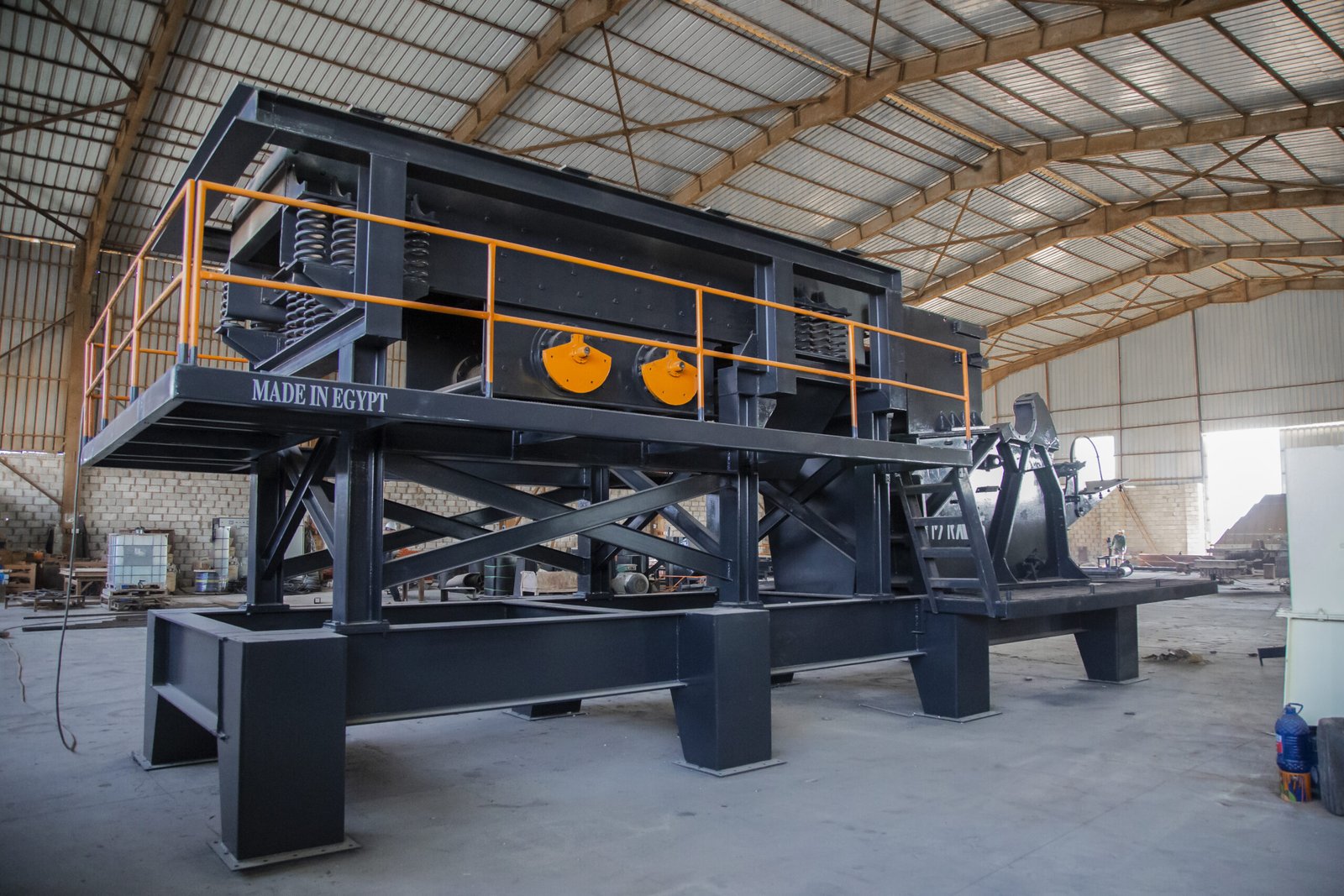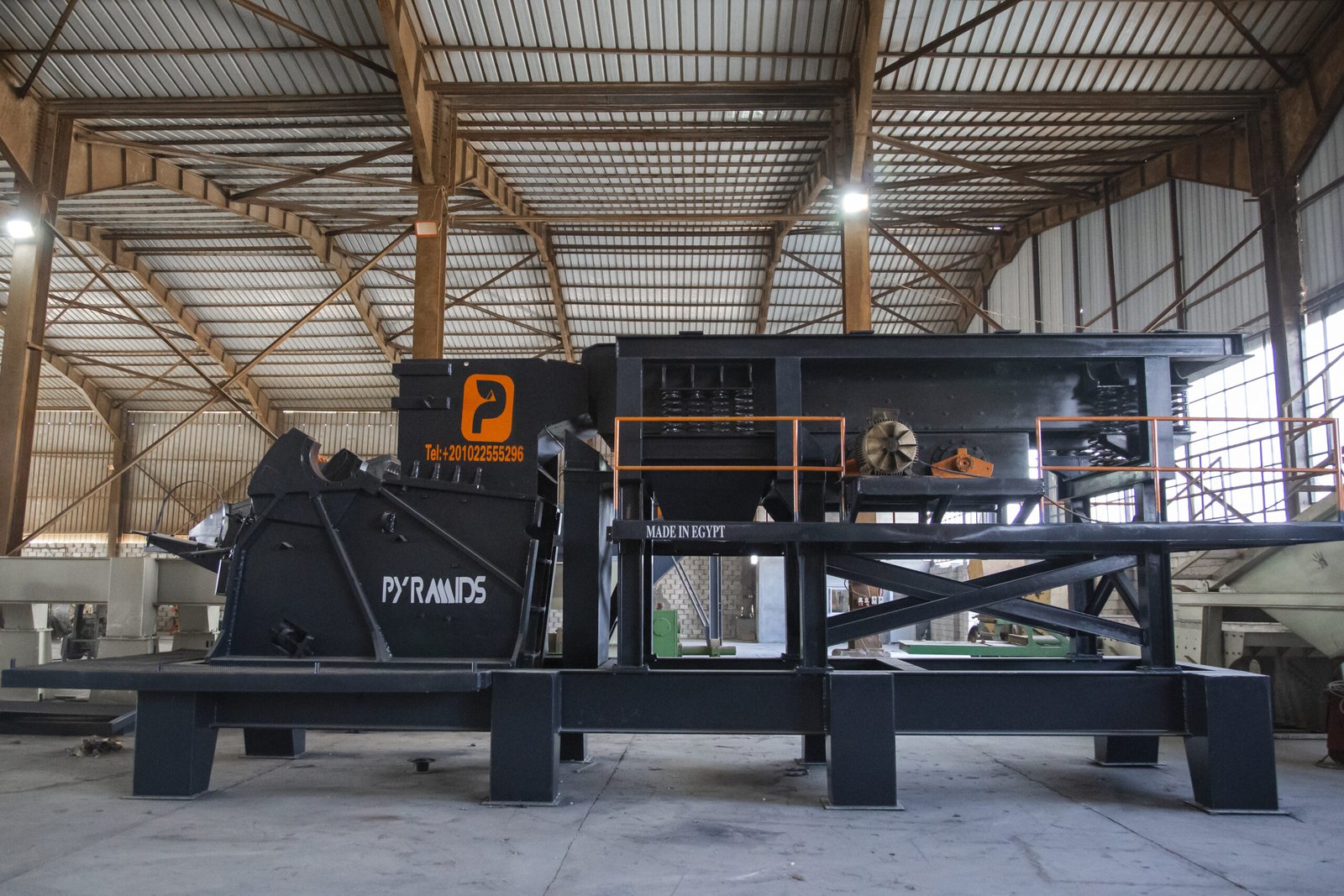Proper maintenance of equipment is essential to ensure its longevity and optimal performance. In this comprehensive guide, we will outline the simple steps you can follow to maintain your devices effectively. By implementing these practices, you can improve the life of your equipment and avoid costly repairs or replacements.
1. Regular cleaning:
Regular cleaning is critical to prevent the accumulation of dirt, dust, and debris, which can affect the performance of your equipment. Here are some steps to follow:
– Use appropriate cleaning tools and materials for each type of equipment.
– Remove any visible dirt or debris from the surface of the device.
– Clean hard-to-reach areas with compressed air or specialized cleaning brushes.
– Avoid using excess water or cleaning agents that may damage sensitive components.
2. Lubrication:
Proper lubrication is necessary to reduce friction and ensure smooth operation. Follow these steps:
– Refer to the equipment manual to determine the recommended lubricant.
– Apply lubricants to designated areas as specified in the manual.
– Check and renew lubricants regularly to maintain optimal levels.
– Clean any excess lubricant to prevent dirt and debris from accumulating.
3. Inspection and maintenance schedule:
Establishing a regular inspection and maintenance schedule is critical to identifying potential issues before they escalate. Consider the following:
– Create a checklist of key components to be checked regularly.
– Perform visual inspections for signs of wear, damage or loose connections.
– Schedule routine maintenance tasks such as filter replacement, belt adjustments or calibration.
– Keep a record of maintenance activities and any problems encountered for future reference.
4. Proper storage:
Proper storage of equipment when it is not in use is essential to prevent damage and extend its life. Follow these guidelines:
– Store equipment in a clean, dry and well-ventilated area.
– Protect the equipment from temperature extremes, humidity and direct sunlight.
– Use appropriate covers or cases to protect equipment from dust and debris.
– Follow the manufacturer’s recommendations for specific storage requirements.
5. Training and Education:
Ensuring operators and users are properly trained in the use and maintenance of equipment is vital. Consider the following:
– Provide comprehensive training on equipment operation, safety protocols and maintenance procedures.
– Update training materials regularly to incorporate any new guidelines or best practices.
– Encourage operators to report any problems or anomalies immediately.
– Promote a culture of responsibility and accountability for equipment maintenance.



